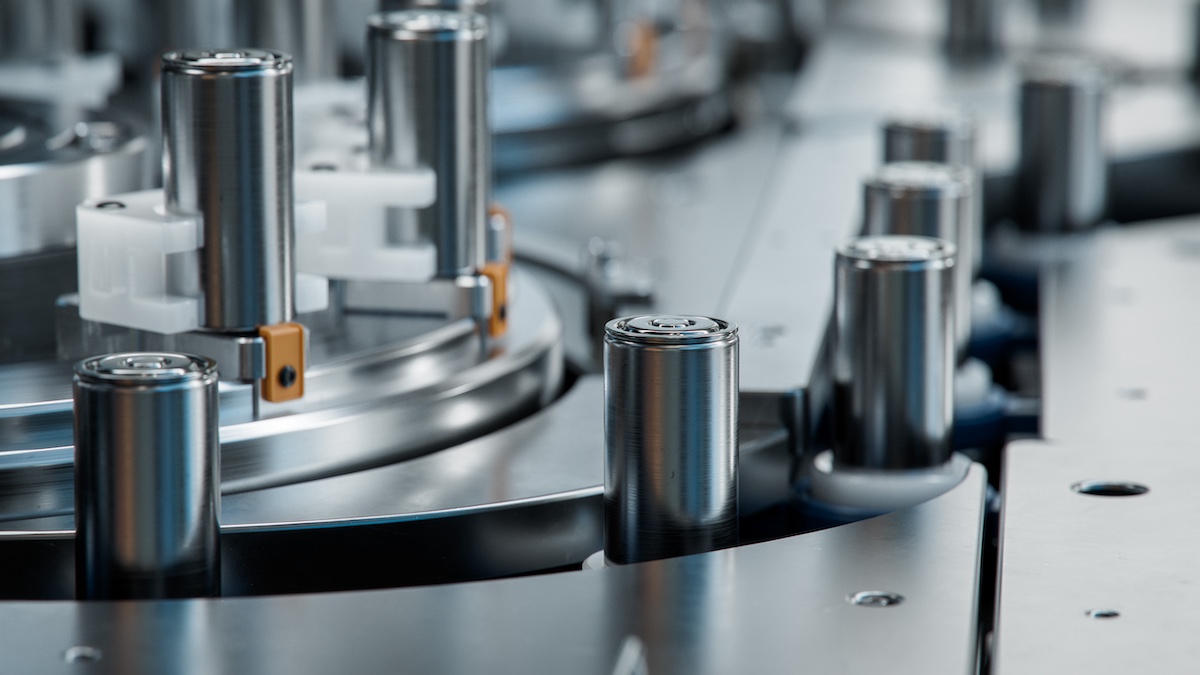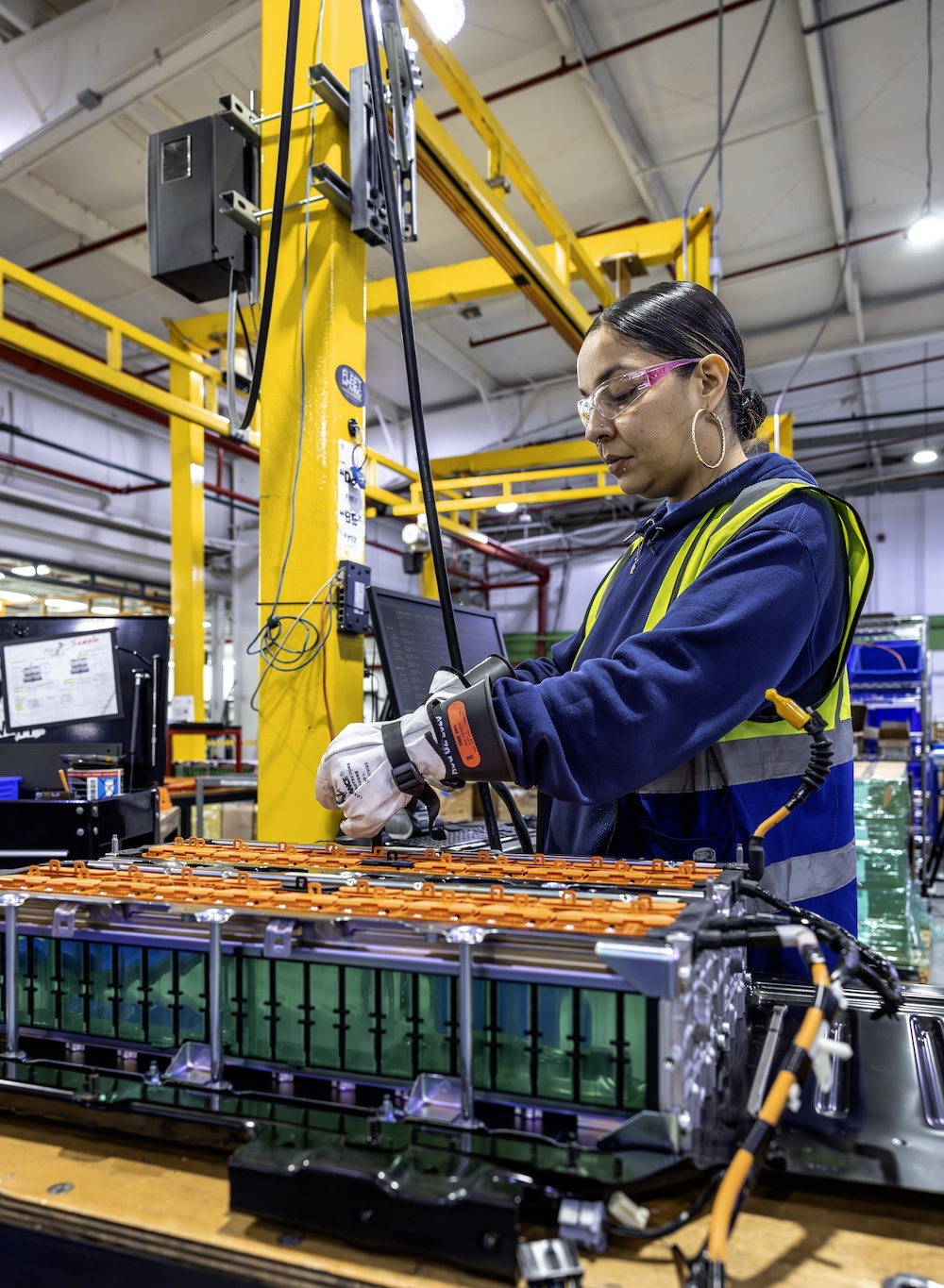Unlocking Europe’s EV potential: the hot topics from Future of the Car
By Erin Baker, EV Journalist
Has any industry grown as quickly, and innovated as rapidly, as the global battery market?
Last month’s FT Future of the Car Summit showcased to perfection the full gamut of triumphs and challenges the entire industry has faced in just a handful of years. And it will face more of before the decade is out.
Discover more content...
EV triumphs and challenges
Speaker after speaker, and panel after panel had stories of circular-economy global scale-ups, incredible re-shoring manufacturing development, supply-chain issues, rapid revenue growth, breakthroughs in repairability and recycling, and the challenges of border controls, tariffs and competition. And, all the while, relatively silent at the moment but swelling ominously like a gathering wave far out at sea, consumer demand for ethical mining and extraction of rare earths, reduced carbon footprints and transparent sourcing of critical raw materials is rolling towards our shores.
The entire situation seemed ripely summed up in one observation by a summit attendee about the move from metal mining to recycling, by the same companies. Who would have thought a decade ago that the battery industry’s challenges would foster a co-dependent relationship between mining and recycling? Both sides of the coin are now integrated by many companies, using the same industrial assets for mining and recycling, because, of course, scale allows for cheaper costs.

Copper mining and AI
If you’re only reliant on mining, you’re stuffed, because everything is declining, from the raw materials to the idea that you use them once and then throw them away, so mining companies have to diversify. The industry is nothing if not pragmatic, which bodes well for its survival.
It was interesting, too, to hear that there are enough raw materials but demands on them are stretched beyond the automotive industry: the current pressure point is copper, due in great part to the emerging new need for it by AI for its data centres.
A 1GHz AI data centre consumes 27,000 tonnes of copper, and we require an estimated 700m tonnes before 2050. There are, in other words, always new competing demands on limited resources, and the automotive industry will have to make a very strong case to suppliers in the next couple of years.

What next for the EV battery market?
One important panel, titled “What’s next for the EV Battery Market”?, featuring speakers from Glencore (Robin Francois, head of lithium mining), Kia (Jens Brech, Director of Ownership Experience) and my personal favourite, the fabulous Julia Poliscanova (just Google her for her long list of parliamentary, regulatory and environmental advisor roles) was like my grandfather’s favourite old joke of “Bad news/Good news”. You know, the one that goes: “Bad news: they’re closing the village pub. Good news: they’re opening a new one. Bad news: it’s only got one bar. Good news: it’s 50ft long” and so on.
Every element of good news was accompanied by a caveat. For example, there’s no shortage of electric-car batteries, but almost the entire capacity is in China. There’s battery investment in Europe, but 25 per cent of it is from China, and we don’t know how to build successful gigafactories (see Northvolt). Current lithium prices are a tenth of what they were, but OEMs can’t pass that enormous price drop straight on to the consumer because commodities indices are cyclical, so OEMs have to price in a commensurate rise in lithium prices in the next five years.

The message was clear, and really can be consolidated in five key points:
- The industry needs a comprehensive European industrial strategy that comes from government, not companies, because it needs a regulatory framework.
- OEMs need access to every single part of their vehicles in order to determine best practice for recycling and remanufacturing. In other words, they need far greater vertical integration of the supply chain so they can control and understand the chips, the materials and the components.
- We need more joint ventures between Asia and Europe: it can’t be that Europe just keeps learning from China on battery technology and trying to catch up.
- Battery ecosystems need to improve. Yes, battery passports are coming, but OEMs want sensors in every cell that display information in the passports, and real-time data, so they can give the public and mechanics the transparency they want, and they can also then drive down the cost of repairs and diagnostics, and work on durability, because they’re working at a cellular level.
- Finally: recycling is a huge opportunity for Europe but there are mega delays in moving black mass between markets, and everyone needs more incentives to export black mass abroad for recycling, so governments need to unblock border regulations for what counts as hazardous materials and so on: standardisation is key across European markets. In all areas.

In summary
It’s so tantalising: there is so much opportunity just waiting to be unlocked to accelerate the battery industry, so much homegrown potential in Europe, and so much mechanical and chemical engineering talent in evidence in the UK. It feels within reach, if we could just throw off some of the bureaucratic ties that bind the markets.
Let's take charge of the future, together
We’re transforming the in-life battery operations of the world’s leading automotive manufacturers. Get in touch to find out how.



